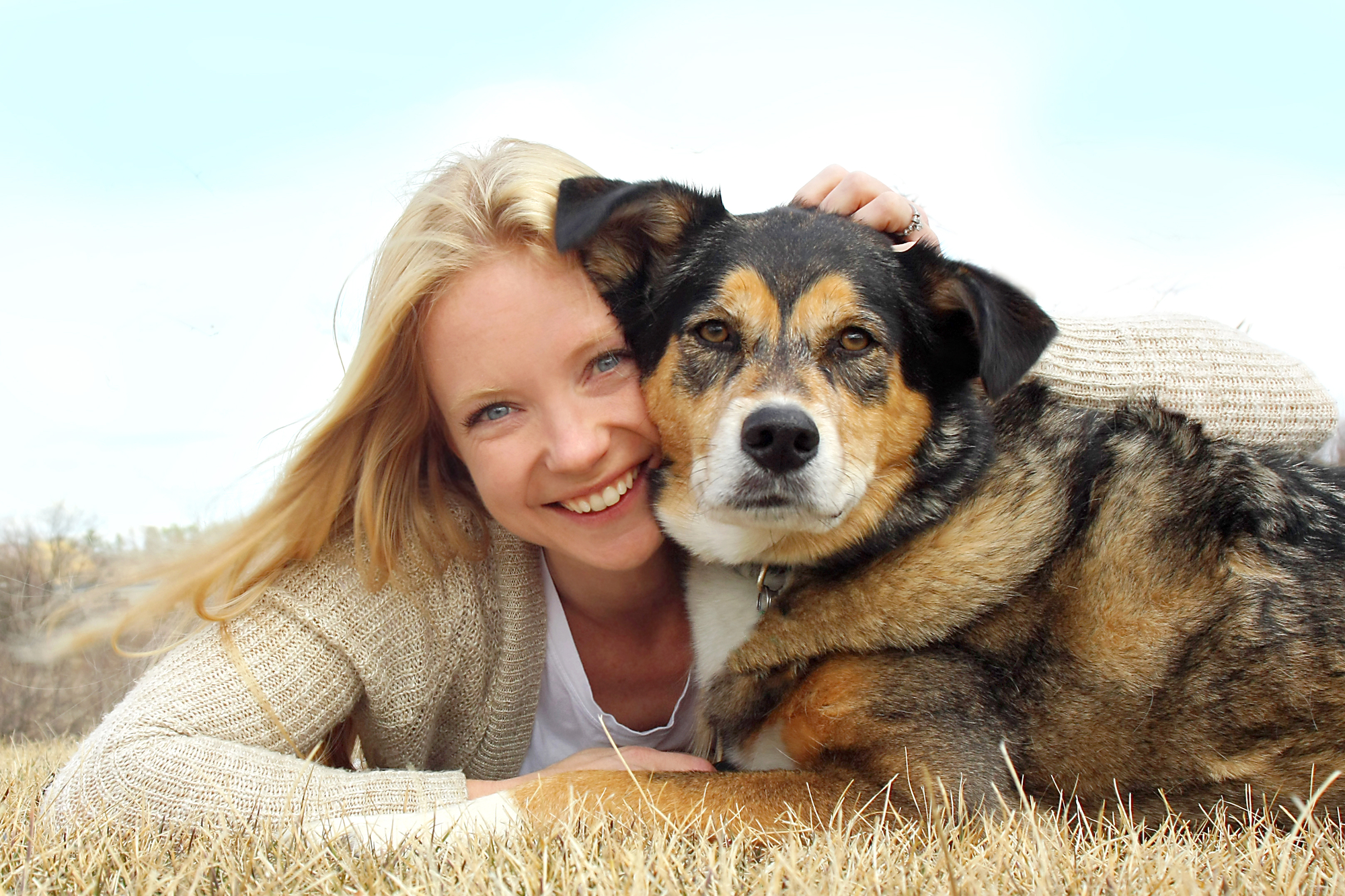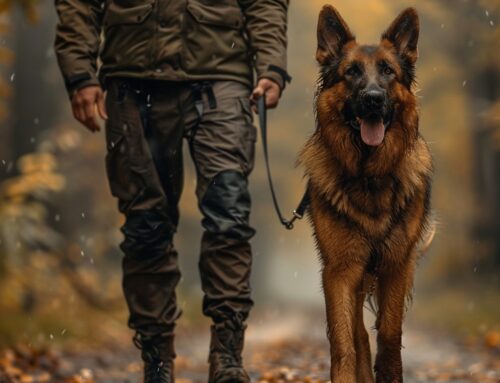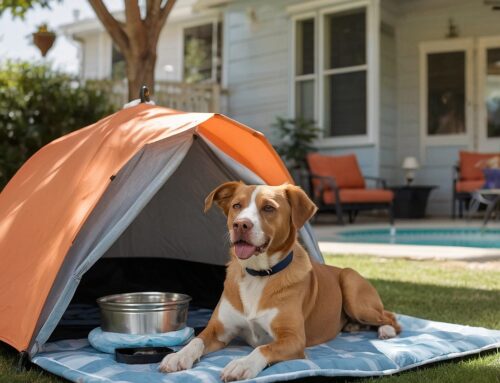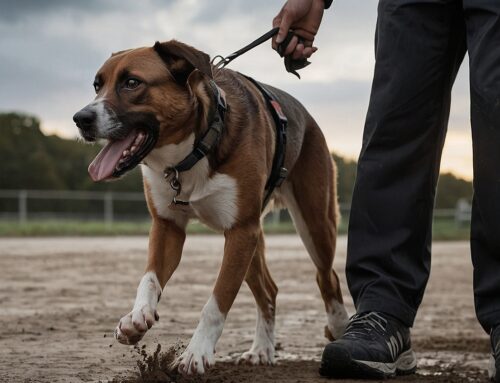You are thinking of adopting a dog – kudos to you! But as wonderful as that is, there are many things to consider to make sure your new dog has a successful transition into his forever home. This article covers what you need to know, including:
- Assessing your lifestyle for how a dog will fit in
- Researching the right breeds or dogs for you
- Finding the best places for adopting dogs
- Preparing your household for your new pet
- Getting a trainer to help
- Acclimating your new dog into his forever home
Assessing Your Lifestyle
Are you a dedicated outdoors person or a faithful couch potato? Do you enjoy long, vigorous runs or do you prefer stop-and-small-the-roses type walks? Do you work long hours outside your home, or do you work from home, or maybe you are retired? Are you strong enough to handle a big, enthusiastic dog or is a small dog the right size for you? These are just a few of the things you need to ask yourself before looking for the right dog for you.
Researching Dogs
Once you’ve assessed your lifestyle, you can focus on certain kinds of dogs. You may want a specific breed, but it may not be the best decision based on your lifestyle. At this point, you’ll be looking more at what size and age dog would work best for you. Do look at the characteristics of the breeds you are interested in to see if they fit into your routines. Whether you decide to adopt a specific breed or not, consider the size and activity level of your choice.
Also think about a puppy versus an older dog. Puppies are irresistible, but the number of older dogs needing homes are staggering. Somehow, an older dog seems to know and is very grateful for his adoption, a fact you will see it in his behavior.
Finding Places to Adopt
Several options exist for you to explore when looking for your new dog. These include the following:
Local Shelter
Many cities and town have shelters that are run by the local government. Many of these dogs are strays while some have been surrendered by owners. These dogs are housed in kennels, a few of which may have an outdoor run, but most don’t. The personality of dogs in the shelters are often either depressed or hyper-anxious, so what you see is not what you will eventually get.
When you see a dog you are interested in, the staff should take you and the dog to a separate, quiet area where you can spend some time together. Offer the dog some toys and see how he does, or doesn’t, interact with them, and you. If it is not offered, ask to take the dog on a walk so you can gauge his potential activity level.
Rescue Organizations
Numerous rescue organizations are available today, and they focus on different things, such as breed specific, dogs rescued from disasters and transported elsewhere, and even dogs that have been flown in from countries where dogs are killed for meat. Dogs from rescue groups are usually fostered in someone’s home where they experience being treated as a “real” pet. Regardless of their origin, they have become familiar with settling into a home environment, making an adoption adjustment into your home easier. You will also get a lot of information from the foster parents about the dog’s personality, likes, and dislikes.
Preparing Your Household
The number one thing to know is that for the first few weeks after your adoptee has joined your household, you all will be experiencing a good amount of stress. Remember that wherever he came from, things will now be totally different, and he won’t yet know the rules. To lessen everyone’s anxiety, here are a few tips:
- Consider getting and setting up a crate to assist in the housebreaking efforts as well as to give him his own, cozy place to seek refuge.
- Dog proof the area where he’ll be spending most of his time, including:
- Make electric cords, surge strips, and electronic devices inaccessible to him.
- Storing all household cleaners and chemicals up high or in a place where he will have no access.
- Research and remove plants that could be harmful.
- Install baby gates to prevent him from going to other parts of the home.
Acclimating Your New Dog to Your Home
The coming home day is exciting but stressful. Here are some tips to help make the transition successful for your dog and you.
- Keep things calm and introduce him just to your family. Take special care with children and instruct them how to approach their new pet. Discourage visitors as that will add unnecessary confusion and stress into the coming home episode.
- Ask what your dog has been fed and when he was last fed. It’s important not to change his diet right away, so be sure to either ask for a small bag to hold you over for a few days or go to the local pet store to get the brand he’s been on.
- Consider purchasing a crate for your car for him to travel in. A crate provides safety and security for what is most likely a stressful ride for your dog.
- When home, take him right to his potty area and stay with him until he does something. Praise him. Keep in mind that with all the new smells, sounds, and sights, his toilet habits may be a bit “off.”
- Keep it low-key and calm for the first few weeks. The dog park, and play dates can wait.
Getting a Trainer to Help
It is totally normal to feel overwhelmed when your new charge comes home, and here’s where a trainer can help. David Greene, the founder and training director of Performance K9 Training, has worked with many adoptees over the course of his career and is a true expert and top-notch trainer who has represented the USA on 4 world teams with his dogs. His approach in working with clients is to first meet with the dog and his family. This free-consultation meeting gives him insight into the issues with the family and dog. The training program focuses on obedience in a distracting environment and is specifically designed for each dog.
So, now you have your new dog at home, you’ve been through the first few weeks together, and perhaps you have enlisted the help of a trainer. Whatever you choose the bond between you and your adopted dog will continue to grow and flourish.








